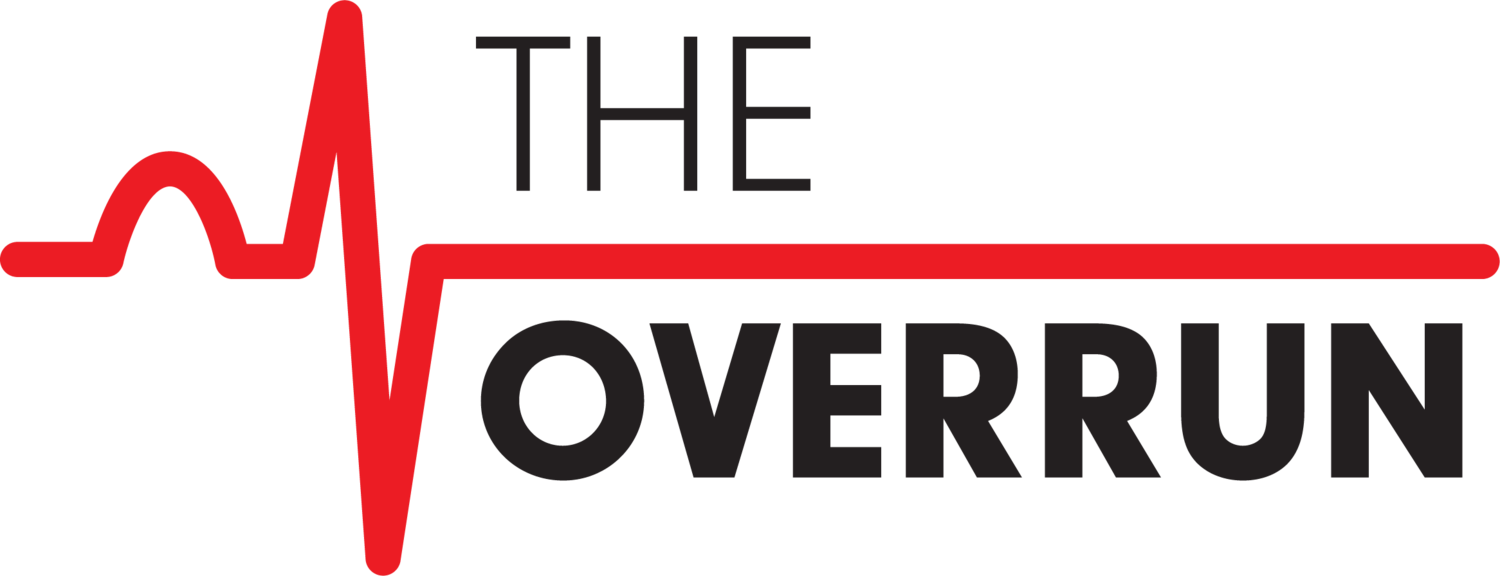Suicide in EMS: Same as It Ever Was
An old friend of mine killed herself last night. She wasn’t the first. She won’t be the last.
Read that again.
In EMS, we know depression, stress and suicide to be among the highest in any industry in the United States. We know these statistics, but we continue to do little about it. Why is that? Why are we so convinced that the simply researching this issue is significant enough to cause a change in our culture? We’ve already determined that suicide rates among EMS providers is exponentially higher than the general population[1] and we continue to provide lip service to the importance of mental health in our profession without committing to any real change. But as long as all our charts are completed on time, our employers are happy.
So why is this? Why do we continue to lose our friends and “second families” to suicide? Is it that we don’t care about them? Or that our employers don’t care about them? Certainly, that can’t be the case. Yet time and time again when we hear of one of these cases often there is a deafening chorus of “no one could have seen this coming” and “they were so happy, I don’t understand.” We must be missing something.
In 2015, Monique Rose and others wrote an article in JEMS magazine[2] that, among other things, tells a haunting story of an EMS provider who drove down a dark road, texted her children that she loved them, and completed suicide. The most distressing part about this story to me was that it sounded familiar. Not that I knew the person in the story, but we’ve all heard stories like that. After this suicide, an organization was created to track data of suicide in in EMS. Reviving Responders has some great resources and can be found here. The data they found was shocking. EMS workers have a logarithmically higher rate of suicide contemplation than the general public. This is often attributed to stress on the job, long work hours, sleep irregularities, etc.… But what may be the most surprising (or worse, not surprising at all) is the lack of resources available to the responders once the stress has been encountered. Over half of the respondents in the Reviving Responders survey did not find CISM or EAP programs helpful. Many responses simply claimed that the programs seemed arbitrary. Others worried that simply engaging in the program would put their job at risk. Naturally, when we have a group of people who experience this type of distress as “part of the job” and do not have a support system to help mitigate these stressors, the suicide attempt and suicide contemplation numbers are higher than those who have any kind of support system.
Too often in EMS we discuss the physical health of the provider and not the mental health. It’s true that heart disease, cancer, and traffic incidents are disproportionate causes of death and injury in EMS[3] and yet we pay so little attention to mental health. Now, of course this isn’t always the care and what I’m saying is not holistic to every agency. But it continues to be frustrating to hear us talk about ad nauseum and yet not actually do anything to improve our systems. Employers will add threadbare gyms to their quarters or firehouses or engage in a partnership with a local gym to encourage the physical health of their employees. Some even offer bonuses for healthy lifestyles like exercising or quitting smoking[4]. What if we offered similar programs to our responders?
In our culture we tend to stigmatize the mental health of our colleagues. I know this is a topic that has been written about in numerous outlets, and even as I write this, I’m kind of exhausted hearing about mental health programs. But what if we incentivized mental health programs? What if an employee was offered a cost-neutral incentive to seek counseling or the care of a therapist? Imagine a workplace where you could literally take “mental health days”. Imagine what kind of change we would see.
Obviously, this article is not intended to solve these problems. The issues we face in EMS that pertain to suicide and depression are multi-factorial and not easily solved. However, the reality that we are not facing these challenges in effective ways is one that we must face. We can no longer simply discuss the issue and move it to the backburner as something that will be dealt with eventually and by someone else. We are the ones who need to change our industry. It has started with the talk about destigmatizing the issue of mental health and it is time that we fight as a culture to initiate the changes we need to keep our brothers and sisters alive.
An old friend of mine killed herself last night. She wasn’t the first, and she won’t be the last. And that pisses me off.
Ed Bauter is a paramedic and second year medical student. He is a host/writer of The Overrun and MedschoolMedic podcasts.
[1] Vigal, et al. Prehospital Emergency Care May-June 2019 “Death by Suicide- The EMS profession compared to the general public”
[2] Rose, et al. JEMS (10:40) Sept 2015 “Survey Reveals Alarming Rates of EMS Provider Stress and Thoughts of Suicide”
[3] Farina, Ann Marie Vox June 25, 2019 “Why Suicide is a Top Cause of Death for Police Officer and Firefighters”
[4] https://www.commonwealthfund.org/publications/newsletter-article/what-happened-when-ge-paid-employees-quit-smoking



